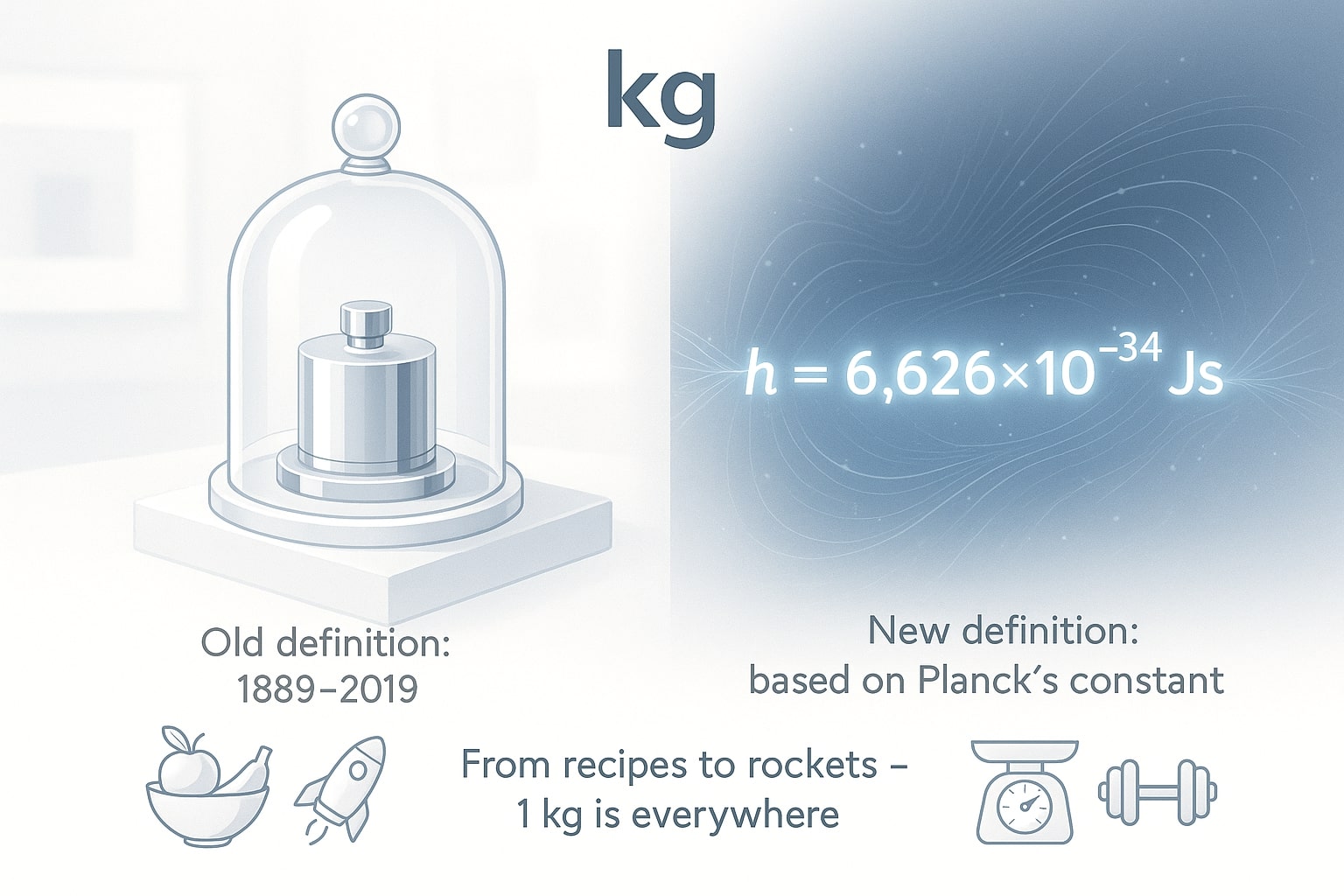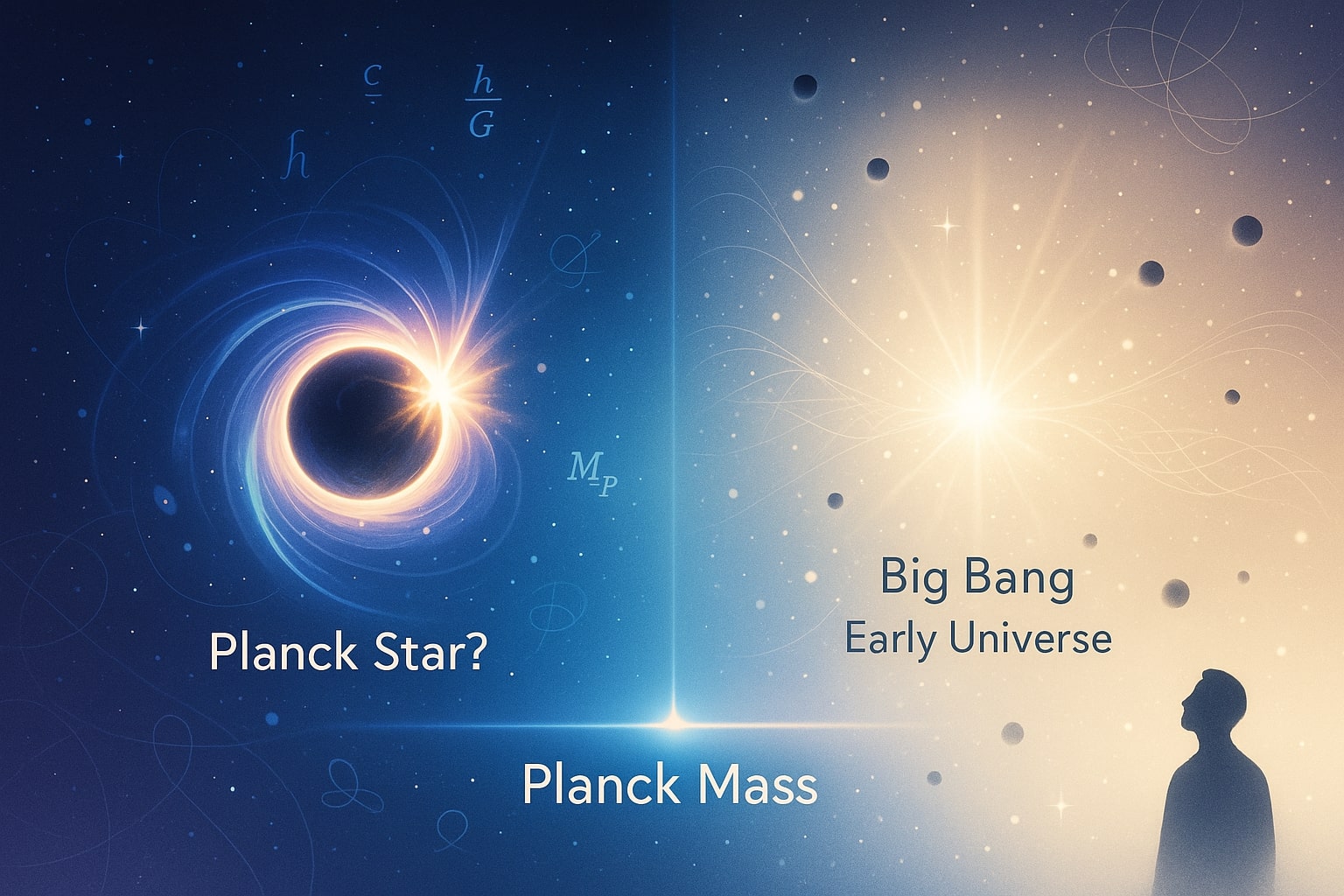kilograms to Planck mass – How to convert kg to mₚ
Ever wondered how many Planck masses are in a single kilogram? While most people weigh things in pounds or kilos, physicists sometimes think bigger… or rather, much smaller. Converting kilograms to Planck mass isn’t something you’ll need for your groceries — it’s a deep dive into the edge of modern physics. Use Jetcalculator’s specialized converter for precise results, or explore our [unit converter] and [weight conversion tools] for everything from kitchen math to quantum theory.
What is a Kilogram?
The kilogram (kg) is the SI base unit of mass and the foundation of most measurements worldwide. It was originally defined by a platinum-iridium cylinder stored under lock and key in France. But in 2019, science leveled up: the kilogram is now officially tied to Planck’s constant, making it more stable and universally reproducible.
While you won’t often need quantum-level precision in everyday life, the kilogram remains our reference point for everything from cooking ingredients to spacecraft payloads.
If you're switching between systems, try kilograms to pounds or kilograms to tons for more conventional conversions.

What is the Planck Mass?
The Planck mass (mₚ) is a theoretical unit of mass derived from three fundamental constants:

This number may seem small, but in the quantum world, it’s huge. The Planck mass is the point where quantum mechanics and gravity are equally strong — the theoretical “tipping point” where our current laws of physics might break or unify.
Conversion formula:

Example:
1 kg ÷ 2.176434 × 10⁻⁸ = ~45,940,000 Planck masses
This conversion is especially useful in quantum gravity, string theory, and black hole thermodynamics — places where classical physics simply can’t keep up.
Did you know?
-
Kilogram:
When you lift a 1-kilogram weight, you're holding about one-fifth the mass of an adult dolphin's brain. But if you converted that 1 kg entirely into energy (E=mc²), you’d release enough power to light up the entire U.S. for hours. -
Planck Mass:
A particle with Planck mass would collapse into a tiny black hole with a Schwarzschild radius smaller than 10⁻³⁵ meters — far beyond our ability to measure. If you had a scale precise enough to measure that? It would be the most advanced device ever built… and still not enough. -
Kilogram + Temperature:
Heating 1 kg of water by 1°C takes about 4200 joules. But if you tried boiling 1 kg of lead, you'd need to hit 1749°C. Same mass, wildly different heat behavior — proving that “a kilogram” isn’t just about weight. -
Planck Scale + Time:
The Planck time is the shortest measurable time in physics — about 10⁻⁴³ seconds. At that scale, even light barely moves, and spacetime might behave more like foam than fabric. The early universe probably evolved entirely within Planck-scale physics.
From Black Holes to Big Bangs: The Legacy of Planck Mass
The Planck mass doesn’t show up in your physics homework — unless your homework involves the beginning of time. In advanced theories like Loop Quantum Gravity and string theory, the Planck mass defines the boundary where quantum mechanics meets gravity.
One fascinating idea is the Planck star — a black hole that doesn’t collapse into a singularity, but bounces back due to quantum effects at the Planck scale. If real, it could change how we understand black holes, information loss, and the fate of the universe.
Back in the late 20th century, scientists even speculated that miniature black holes with Planck mass could have formed in the early universe, evaporating via Hawking radiation and potentially explaining dark matter. While still unproven, these theories show how Planck mass isn't just a number — it's a frontier.

Conclusion
Converting kg to Planck mass isn’t just a math exercise — it’s a peek into the fabric of the universe. From black holes to the Big Bang, this unit plays a role in the deepest questions science can ask. Jetcalculator brings these advanced concepts within reach, helping you make sense of the cosmos, one conversion at a time.
You can see more options in our weight conversion tool.

